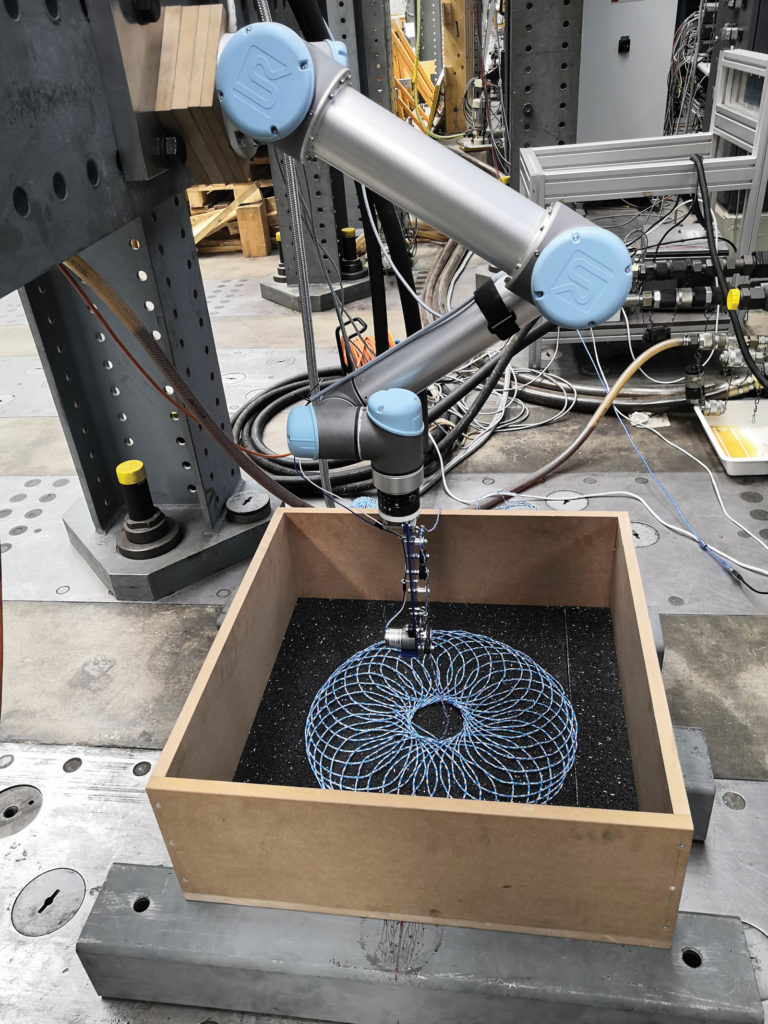
Researchers at the Swiss Federal Laboratories for Materials Science and Technology (Empa) are investigating how roads could be more easily reinforced and then recycled after use, using robotics and string.
The idea originated with a project of Gramazio Kohler Research at ETH Zurich, which demonstrated that pillars of gravel can be stabilized by interlocking the gravel with a thread, without any cement as a binder, according to an Empa press release.
Asphalt also consists of rocks of various sizes and a binder, bitumen. But a string-reinforced road surface that does not require bitumen could be advantageous. Because bitumen is extracted from crude oil, air pollutants are released during production and later during use. In addition, bitumen makes asphalt susceptible to cracking and deformation and impermeable to rainwater. Finally, the string process would allow for a rollable and recyclable pavement.
Researchers Martin Arraigada and Saeed Abbasion of Empa’s Concrete & Asphalt lab are using various experimental setups, with a robotic arm playing a central role. It places the string in a programmed pattern on layers of gravel stacked on top of each other. For the mechanical tests, five of these layers of gravel and thread are placed on top of each other in a test box.
The load test shows that by entangling the individual gravel stones with the thread, the package can withstand a pressure of 5 kN—half a ton—with little movement of the stones. Dynamic load tests with rolling pressure, similar to the conditions road pavement has to withstand, will be conducted as well.
In addition, researchers are modeling everything in 3D, which should reveal the displacement of individual stones and the tensile forces acting on the thread. Different patterns and mesh widths and their effects on the stability of the pavement will also be examined.
 TEXTILES.ORG
TEXTILES.ORG


